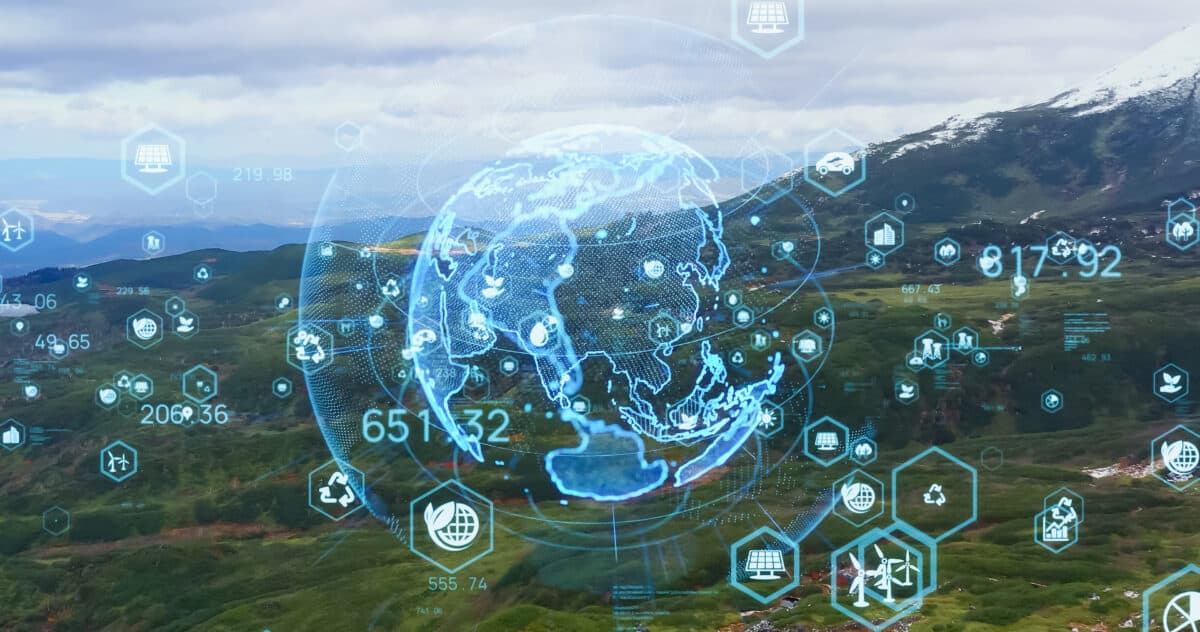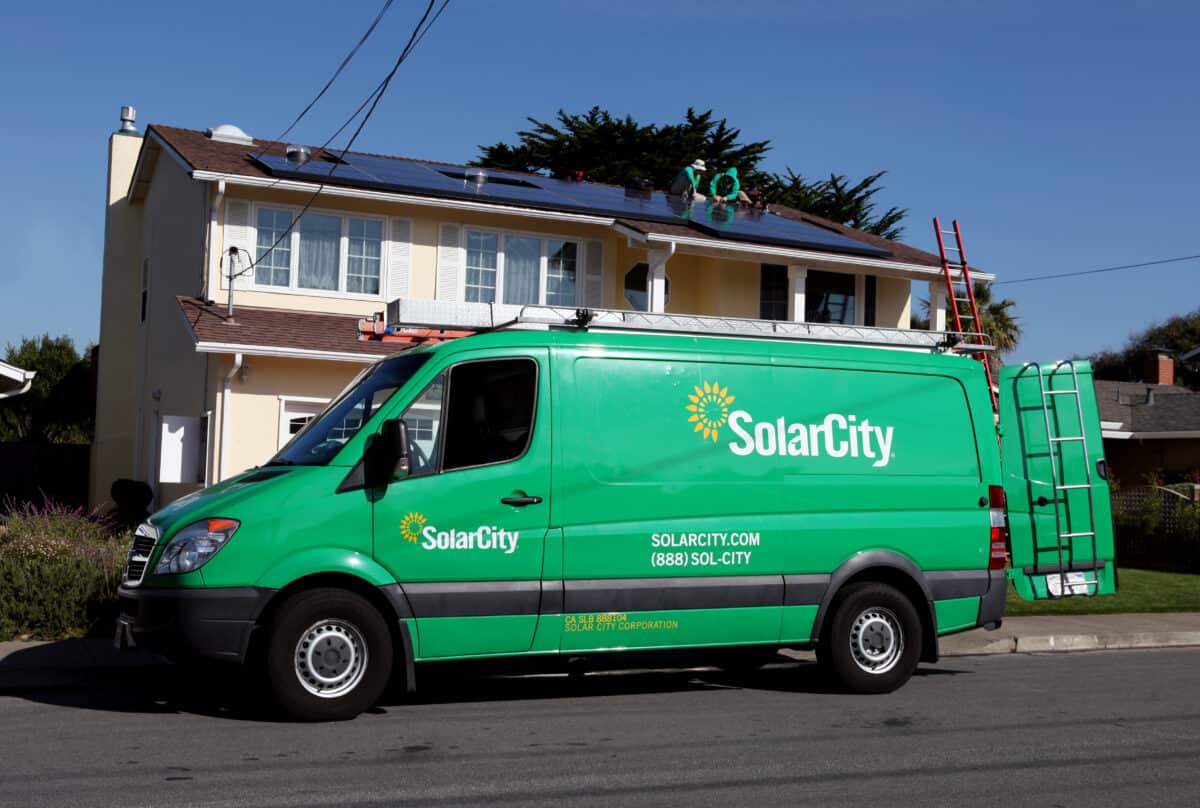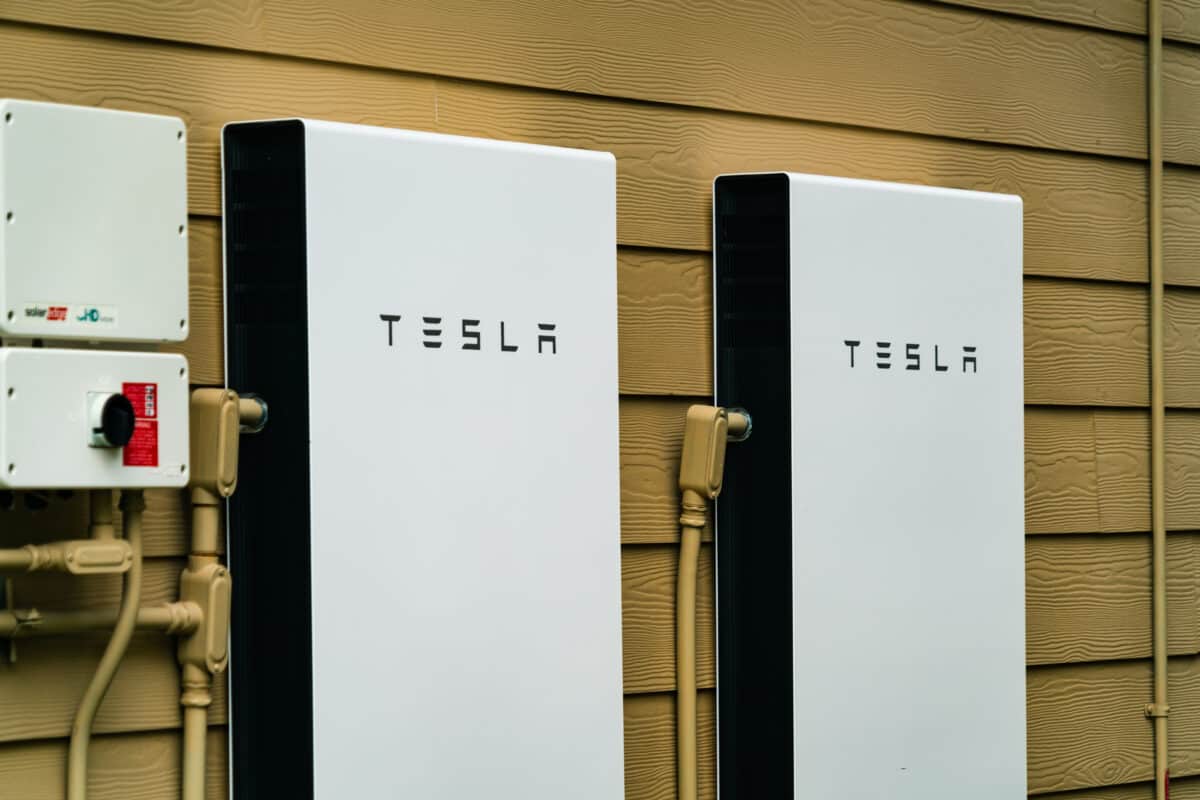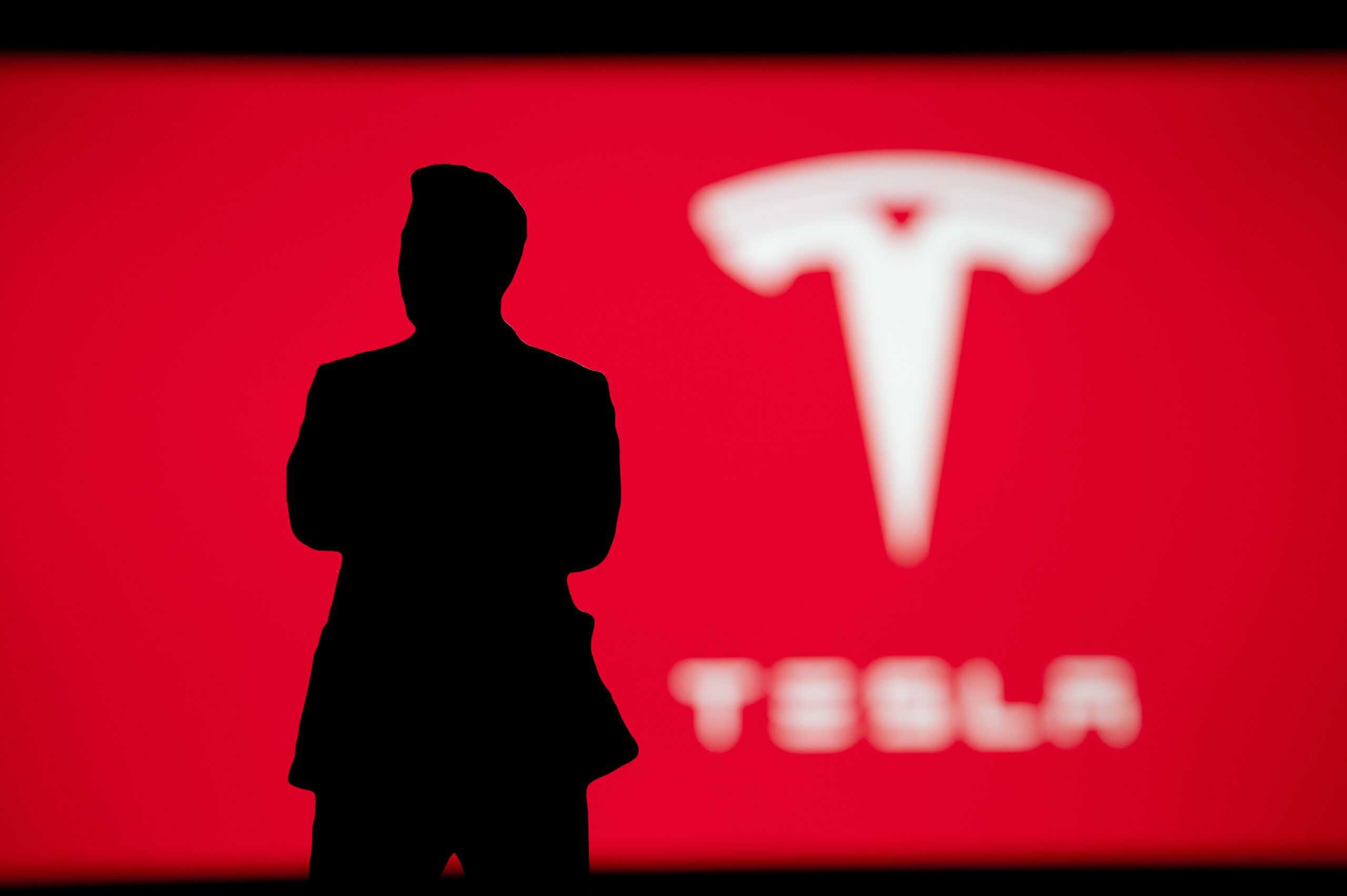In August 2006, Tesla CEO Elon Musk blogged on what he christened “The Secret Tesla Motors Master Plan,” spicing it with “just between you and me,” perhaps to draw in the interest of his then-many followers. This putative secret Master Plan read like a Silicon Valley bootstrapping pitch.
It emphasized rapid innovation and iteration, focusing on developing and improving on a minimum viable product (MVP) over time. And so, the plan reflected the entrepreneurial spirit and values of most Silicon Valley companies, which prioritize agility, disruption, and innovation.
Elon Musk’s Master Plan: Overview
The four main points of the plan included the following:
- Build a sports car (which would be expensive)
- Use the money generated to build a more affordable car
- Use the proceeds to build a more affordable car
- While at it, provide electric power generation options with zero emissions
In many ways, the August 2006 plan was successful because Tesla went on to release the Roadster in 2008. It was well-received by critics and customers alike. The success of the Roadster established Tesla as a leader on the EV scene, generating significant interest in the company’s plans for the future.
However, it wasn’t smooth for Elon because Tesla faced many challenges, including quality issues, production delays, and financial difficulties. Tesla didn’t exactly follow the plan but remained committed to it, launching the Model S sedan in 2012 and Model X in 2015. In 2016, Musk released his second iteration of the Tesla roadmap, “Master Plan Part 2.”
What About the Master Plan Part 2 (Deux)?
Elon Musk started with his first plan because it was all he could afford from what he had made from PayPal. In his statement, the chances of success were low, and the thought of risking investor funds didn’t sit well with him. It was a good thing, too, since, as of 2016, only two motor companies hadn’t gone bankrupt, Tesla and Ford.
Part of the reason Elon wrote the first plan was in defense of the backlash Tesla anticipated with accusations of building cars only meant for the rich. While the blog didn’t entirely stop the impending attacks on the company, it explained how Tesla’s plans would fit into the larger picture in order to seem less random.

Sustainable energy is at the heart of Tesla’s mission because, in the foreseeable future, we will exhaust fossil fuel, and civilization as we know it will collapse. So, in the second part of Tesla’s Master plan, Elon Musk reiterates and agrees with scientists that we must reduce oceanic and atmospheric carbon levels to achieve sustainability.
Elon Musk’s Master Plan, Part 2: Overview
Here’s a summary of the Master Plan, Part Deux:
- Create Solar Roofs integrated with battery storage
- Scale up the EV product line to address all major segments
- Establish self-driving capability ten times safer than manual through massive fleet learning
- Enable your vehicle to make money for you when you’re not using it
Now, Tesla is no longer a small startup taking on the patrimony of car makers in Germany and Japan. The company joined the S&P 500 in December 2021 and triggered a torrent of trading from institutional investors.
As such, we can’t undermine any of his plans, even those made more than ten years ago. But looking at the second iteration of the master plan, there’s a lot to ponder.
The Washington Post described it as more of a manifesto than a plan. The plan wasn’t as detailed as the first, but rather a broad statement of missions. Moreover, it focused more on long-term goals than immediate tactics like product launch timelines.
While the plan reflected Musk’s controversial and sometimes unconventional approach to business, some thought of it as visionary language intended to inspire Tesla investors, customers, and employees to believe in the company’s mission and vision of sustainable energy.
Still, the document was notable for its willingness and frankness in acknowledging Tesla’s challenges. These included the need for a significant investment in infrastructure and manufacturing capacity.
Master Plan, Part Deux: Explained
Part Deux builds on the ideas of the 2006 plan. It expands on them to include sustainable energy storage, solar power, and electric transportation for all vehicles, including buses and trucks. Here’s a summary of the plan and where they stand as of 2023.
1. Integrate Energy Generation (SolarCity) and Storage (Powerwall)
The idea behind integrating energy generation and storage was to create a system where you could use a renewable energy source, such as solar or wind power, to generate electricity. You could then store this energy in batteries for later use.
It was pretty basic. Essentially, the excess energy produced during peak sunlight hours and wind could easily be stored and used when there’s low energy production.
Tesla was to develop and integrate a Solar Roof with a battery product capable of empowering users to become their own utility. In Musk’s belief, a product that was easy to order, install, use, and seamlessly integrate with other Tesla products was crucial in achieving Tesla’s goal of a sustainable energy ecosystem.
As such, Musk proposed that Tesla and SolarCity, a solar company, combine forces and break the existing barriers. With such a functioning system, Tesla and SolarCity could create a single-ordering experience, installation, and service contact for their customers.
In his own words, Musk stated that the separation between Tesla and SolarCity was largely an accident of history. He reiterated that their shared goals of sustainable energy necessitated their working together.

In 2016, Tesla acquired SolarCity, which later became Tesla Energy, a division within the larger Tesla ecosystem. But this acquisition wasn’t without qualms. As Elon bullied his way through the process, angry shareholders filed a lawsuit arguing the acquisition amounted to a bailout of SolarCity. Although he won the case, the problems were far from over.
Tesla Energy
In 2018, Tesla Energy dealt with a major PR crisis when the solar panels on top of seven Walmart stores caught fire. Walmart claimed the fires were because of widespread negligence on Tesla’s end.
Amazon also came forth the same year, claiming that the panels on top of its three warehouses had caught fire. Walmart later dropped the lawsuit and pursued an out-of-court settlement.
Even with these challenges, Tesla Energy continued to sell and install the solar panels that SolarCity used to install. The company brought in new products later on. The first was the Powerwall storage battery, and the second was the Solar Roof.

However, it wasn’t until 2019 that Tesla started installing Solar Roofs, arguing they had to divert resources and focus on the production ramp of the Model 3.
In 2021, the company raised the set prices for the Solar Roof, citing “significant mistakes” made. Several class action lawsuits followed the price hike. Tesla also made buying a Powerwall when buying a solar system compulsory.
With these challenges and conditions, Tesla Energy fell significantly behind its competitors. Its total revenue contribution for 2022 ($3.91 billion) was less than 5% of the entire Tesla revenue, $81.5 billion.
2. Scale up the EV Product Line to Cover All Major Segments of Terrestrial Transport
The second aspect of the Master Plan was expanding electric vehicle manufacturing to cover all major forms of the terrestrial transport sector. For Tesla to achieve this goal, it had to address the consumer market by providing more affordable vehicles. The company also had to start manufacturing high-passenger-density urban transport and heavy-duty tracks.
The company planned to introduce the Model 3, a compact SUV. Elon Musk believed that to accelerate a sustainable energy future, Tesla needed to scale its production volume as quickly as possible.
It meant shifting the focus of Tesla’s engineering efforts and designing a machine that would make another machine, essentially turning the factory into a product. Musk believed the company would achieve a 5- to 10-year fold improvement on a roughly 2-year iteration cycle.
Urban Transport
Also, he acknowledged the potential of autonomous driving in transforming urban transport. With the advent of autonomy, Elon believed it would make sense to reduce the sizes of buses and transition the driver’s role to that of a fleet manager. He also thought of redesigning the bus as we know it by eliminating the center aisle.
The bus would also accommodate strollers, bikes, and wheelchairs. Bus stops would feature summon buttons, which would be useful, especially for those who don’t have phones. These aspects aimed to alleviate traffic congestion by increasing passenger density.
Seven years later, we are yet to see a Tesla bus, and that’s because Tesla’s autonomous predictions were never correct. He had claimed the two were already in production and would be ready for unveiling in 2017, which never happened. Moreover, the company has long delayed the production of the Tesla Semi Truck.
However, Tesla has made outstanding progress in expanding its EV product line with the Model Y crossover SUV launch and the announced commercial release of the Cybertruck. It’s necessary to note that developing electric vehicles takes a significant amount of resources. Moreover, the challenges of scaling production to meet current demands are quite pronounced.
3. Autonomy
In this section of the “Master Plan, Part Deux,” Elon Musk discusses the development of Tesla’s Autopilot system and self-driving technology. In his explanations, all Tesla vehicles will feature the hardware necessary to be fully self-driving. The cars will feature fail operation capability, meaning that even if the car fails, it’ll continue to drive safely.
However, Musk argues that the refinement and validation of the software technology will take relatively longer than it would to install the hardware. Moreover, regulatory approval for a true self-driving car will require about 6 billion miles of testing. If we put it into perspective, Tesla’s fleet is learning at a rate of about 3 million miles daily.
Despite these challenges, the company deployed partial autonomy in most vehicles via the Tesla Autopilot system. He defended the decision to release the technology earlier, stating the system was much safer than a person driving the car.
He justified the “beta” label on the Autopilot, stating that it will continue to improve. In his argument, once the Autopilot is about ten times safer than the average vehicle, the company will remove the “beta” label.
We are yet to see a fully autonomous Tesla car. One of the main reasons is that the world is still trying to solve artificial intelligence. In one of his Tweets, Elon explains that he didn’t expect it to be that hard. He further states that the difficulty is in retrospect.
4. Sharing
The plan for sharing vehicles centers around the concept of fully autonomous vehicles. Tesla envisions that users can add their vehicles to the Tesla shared fleet once the regulating authorities approve their self-driving technology.
As such, the vehicles will be able to generate income (given that they are only in use 5% to 10% of the time). If the plan succeeds, it will significantly offset the cost of owning a Tesla. Also, Tesla intends to own its fleet of self-driving taxis. Users could hail a taxi from any point at any time.
But because we have yet to witness a fully autonomous Tesla car, this part of the second plan isn’t ripe. Even without the regulatory landscape, the technology just isn’t there. At least not yet.
Tesla Motors: Looking Forward
Tesla’s vision for the future is ambitious, sustainable, and innovative. From designing and manufacturing electric vehicles for the mass market to the anticipated production of fully autonomous vehicles, the company focuses on finding solutions to major issues of our time, including urban congestion and climate change.
While significant challenges remain, like achieving full autonomy and regulatory approval, the company’s commitment to sustainability and innovation clearly indicates a bright future.
Want to Retire Early? Start Here (Sponsor)
Want retirement to come a few years earlier than you’d planned? Or are you ready to retire now, but want an extra set of eyes on your finances?
Now you can speak with up to 3 financial experts in your area for FREE. By simply clicking here you can begin to match with financial professionals who can help you build your plan to retire early. And the best part? The first conversation with them is free.
Click here to match with up to 3 financial pros who would be excited to help you make financial decisions.
The image featured at the top of this post is ©kovop/Shutterstock.com.
